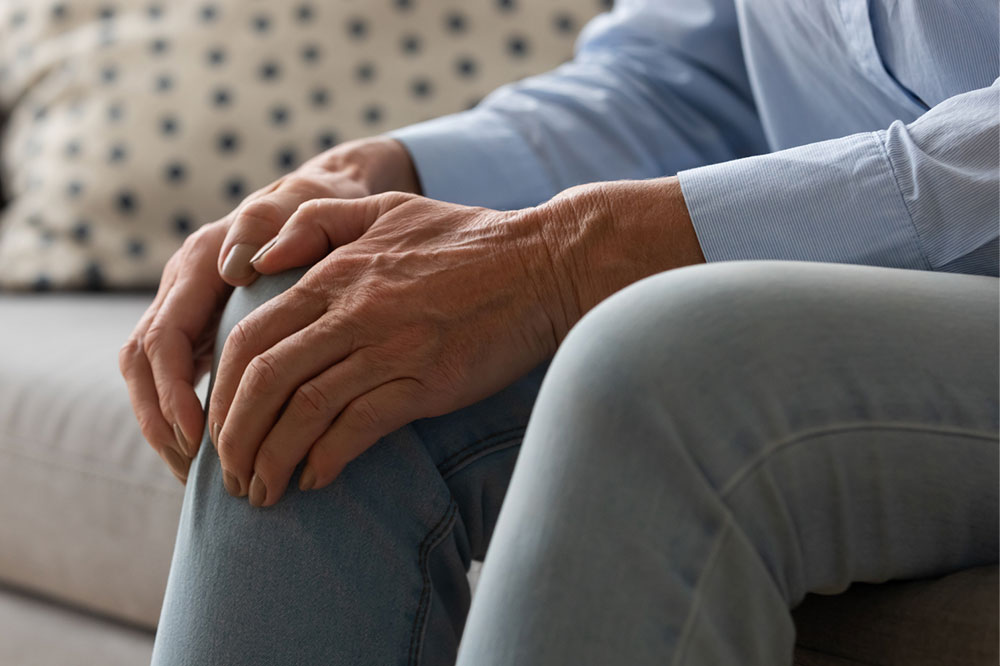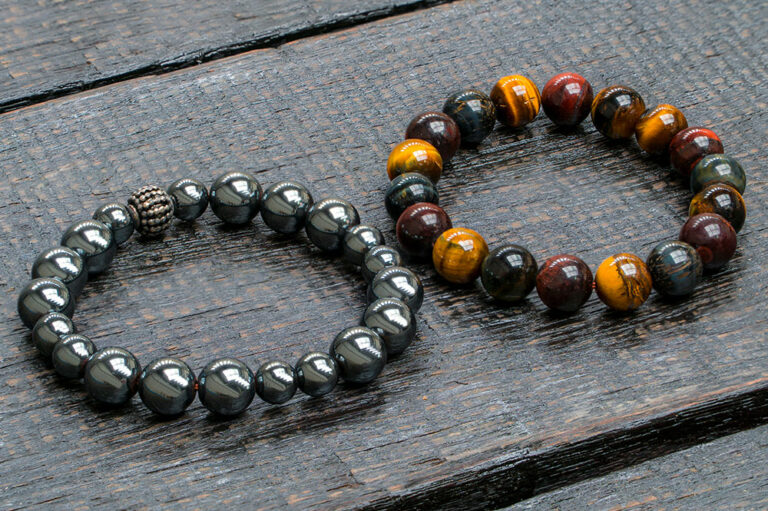7 bone weakening signs that require immediate attention

The bones serve several functions, including permitting locomotion and motor capability and protecting vital organs. However, many factors could lead to the weakening of bones (osteoporosis), such as age and family history. The phenomenon could result in complications affecting an individual’s ability to carry out daily tasks. The best way to improve weaker bones is by identifying these early warning signs and subsequently working on ways to manage the condition.
Weaker grip strength
Some individuals might experience a sudden low grip strength. And this is a potential indicator of low bone mineral density. The lack of grip would indicate that the individual’s muscle strength has reduced. The development could result in the inability to open tin cans or push heavy doors. It may also prevent one from holding onto a grab rail on a staircase effectively, which could increase the risk of falls and fracturing bones. Grip strength is easily measurable in a doctor’s office or at home with a hand dynamometer tool.
Receding gums
If someone notices receding gums – usually during a visit to a dentist – it should be considered an indicator of osteoporosis. The teeth and jaw bones are joined. So if the jaw starts to lose bone mineral density, it will result in receding gums.
Brittle and weak fingernails
The strength of the nails is often a good indicator of bone health. Weak and brittle fingernails is not always a sign of some health condition. This could even happen due to factors like swimming regularly, gardening, or participating in other activities that affect the nails. However, if the individual doesn’t participate in these activities and still develops weak and brittle nails, it could be an early warning sign of weaker bones.
Fracture from a fall
As the body loses more bone mineral density, the symptoms could worsen and lead to fractures. An individual might break their bone even if they have a minor fall or by movements like stepping off a curb. A strong sneeze or cough could also trigger other fractures. So if one experiences these signs, they must immediately visit a healthcare expert.
Pain in the back or neck
Osteoporosis may cause compression fractures of the spine, which could be severely painful. The pain may result from collapsed vertebrae pinching the nerves that radiate from the spinal cord. This pain may range from minor tenderness to an unbearable sensation, depending on the severity of the damage.
Kyphosis
Compressed vertebrae could also lead to a slight upper back curving. The symptoms could result in a stooped back, also known as kyphosis. The condition could cause pain in the neck and back and may also affect breathing due to the additional pressure on the airway, which could restrict the expansion of the lungs. So if an individual experiences kyphosis, it could be because they have lost bone mineral density, which has resulted in osteoporosis.
Loss of height
People typically lose almost one-half inch every 10 years after age 40. However, if someone starts to feel shorter suddenly, it could be because of osteoporosis. The condition may lead to compression fractures in the spine, which could cause one to become shorter. The loss of height is one of the most common symptoms of bone loss.



